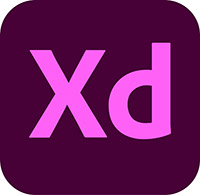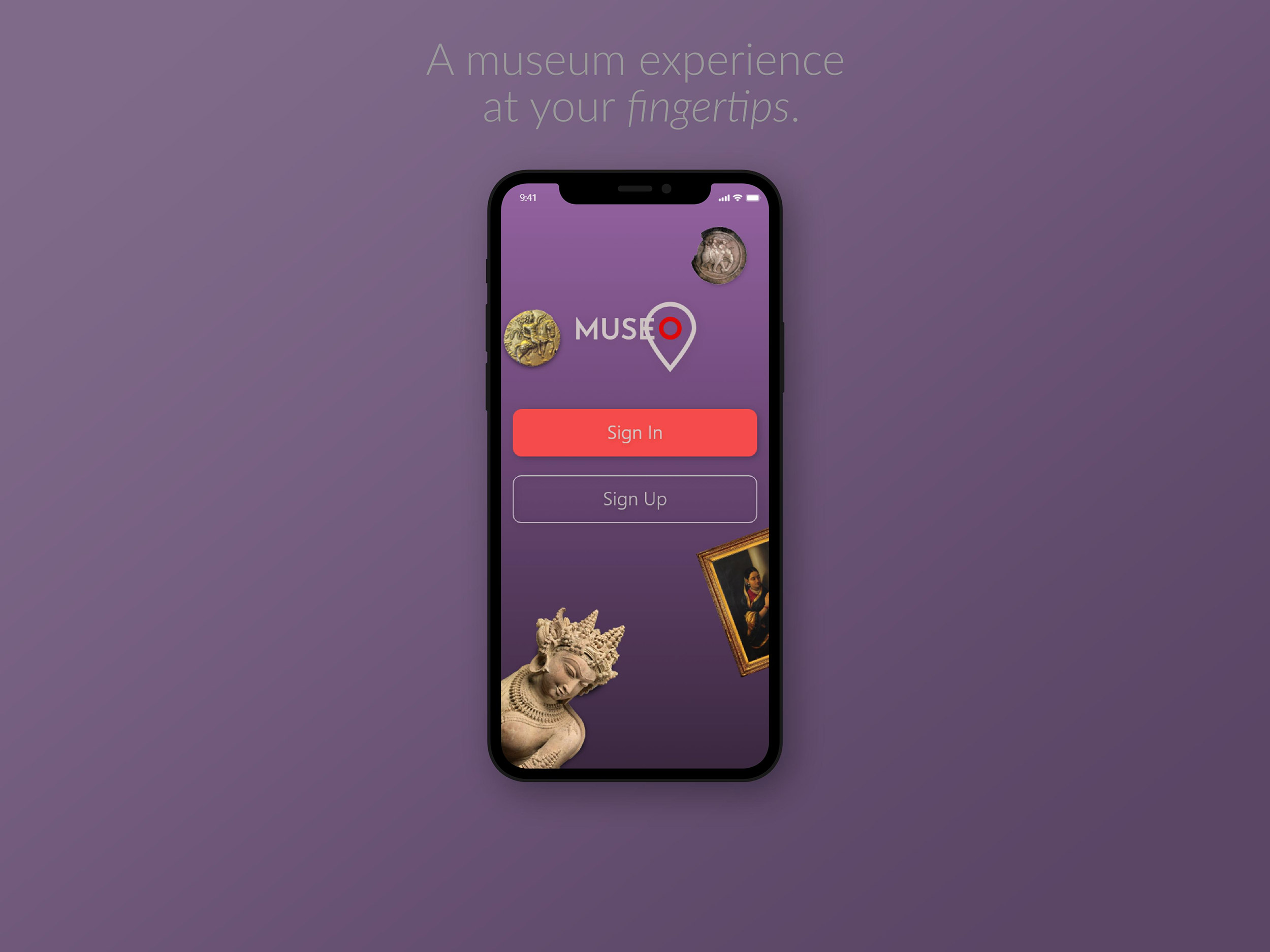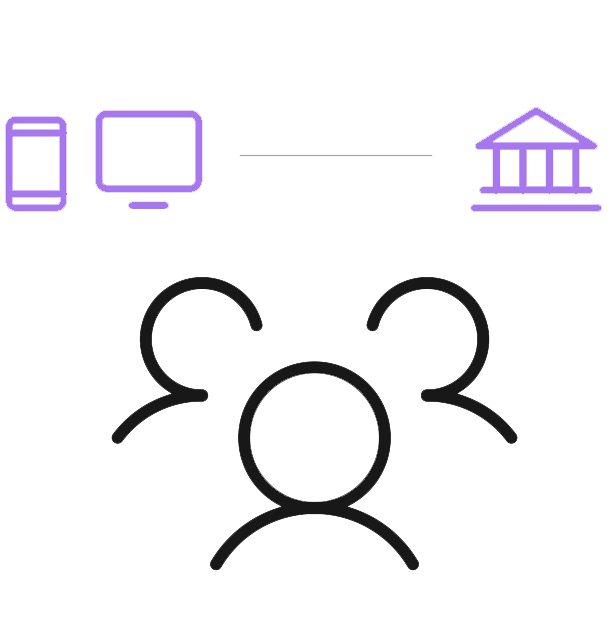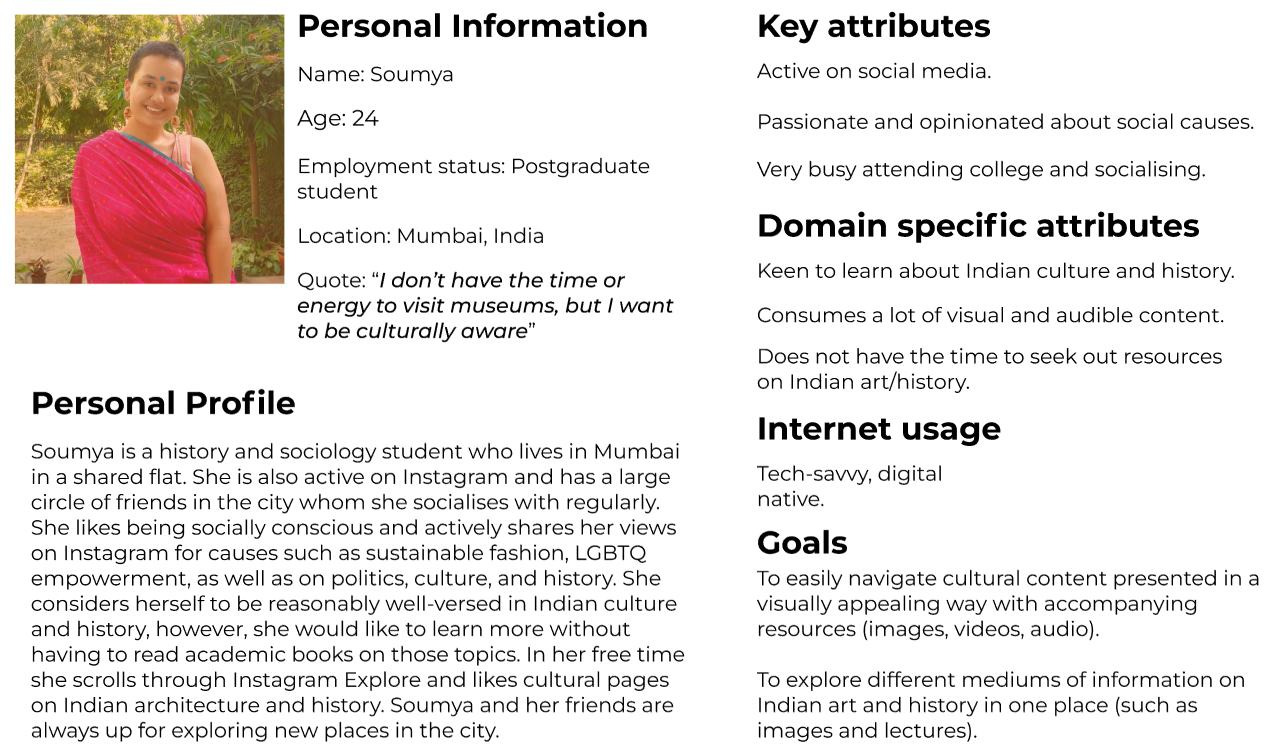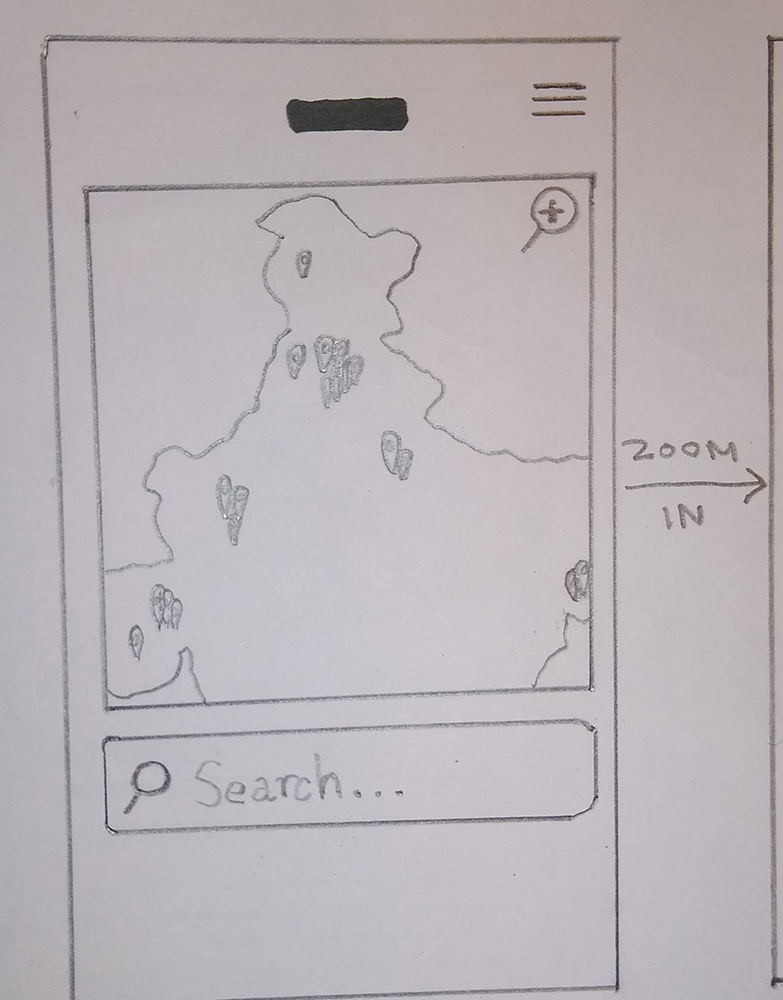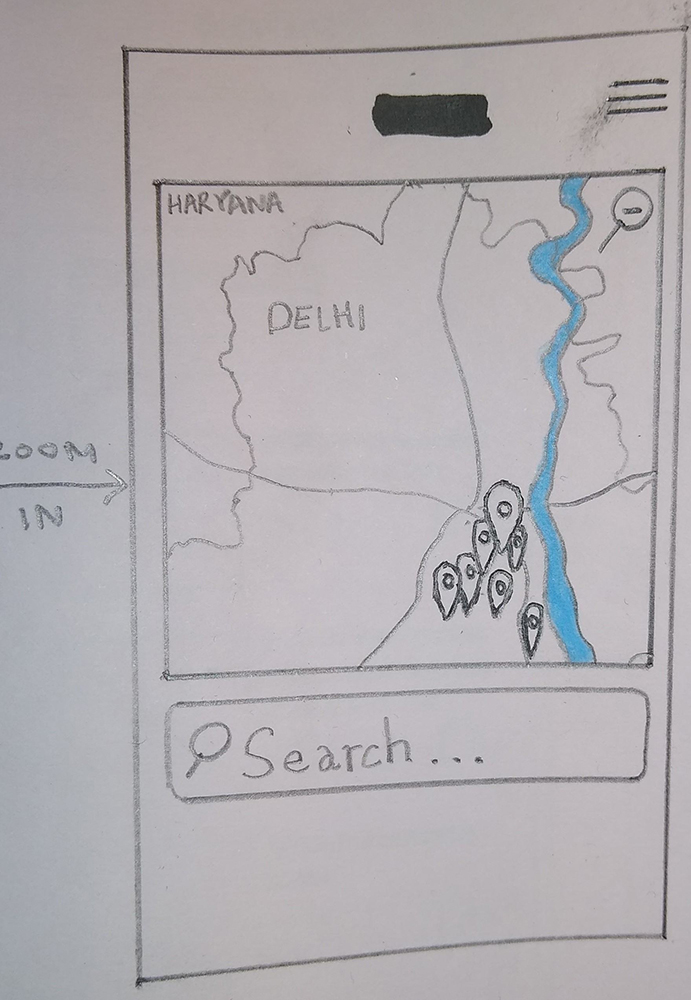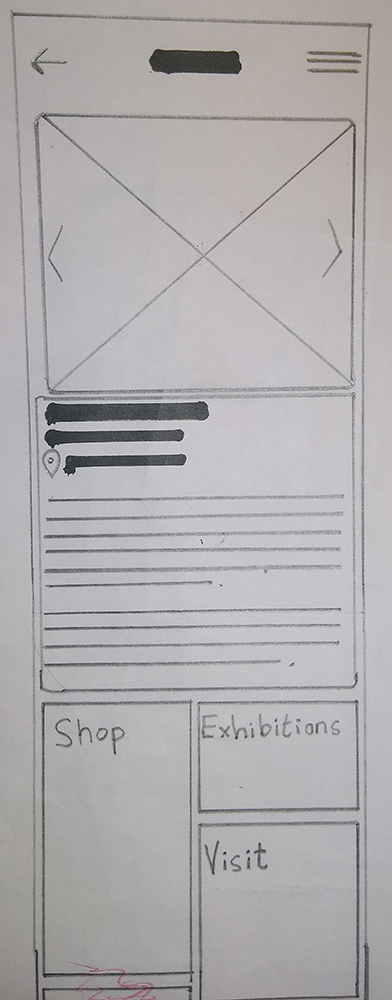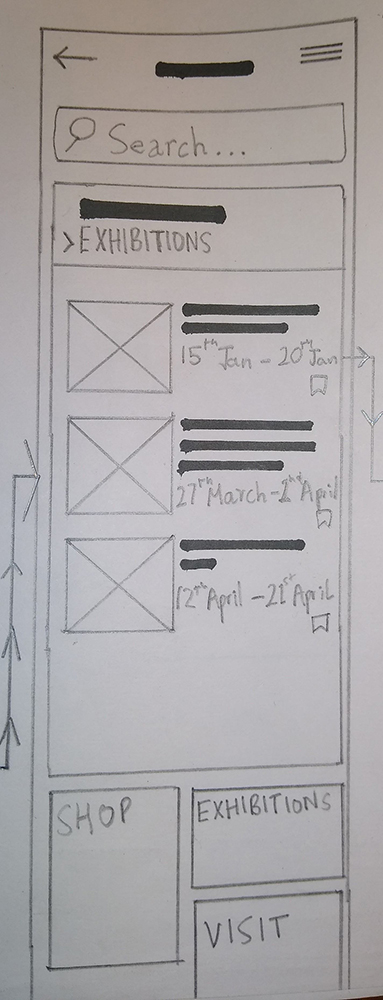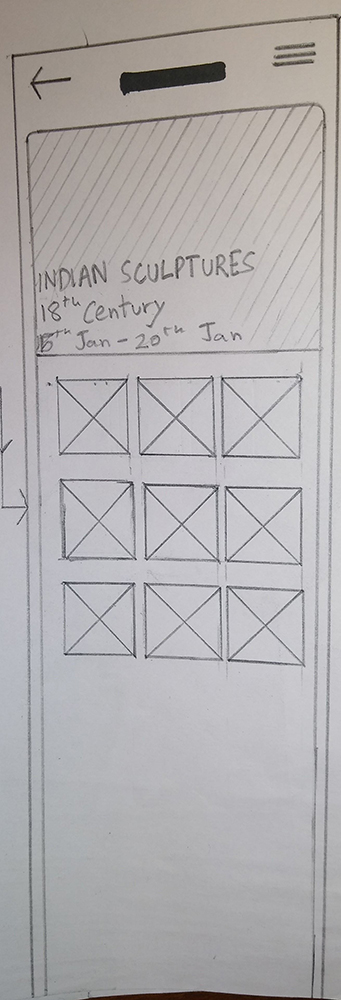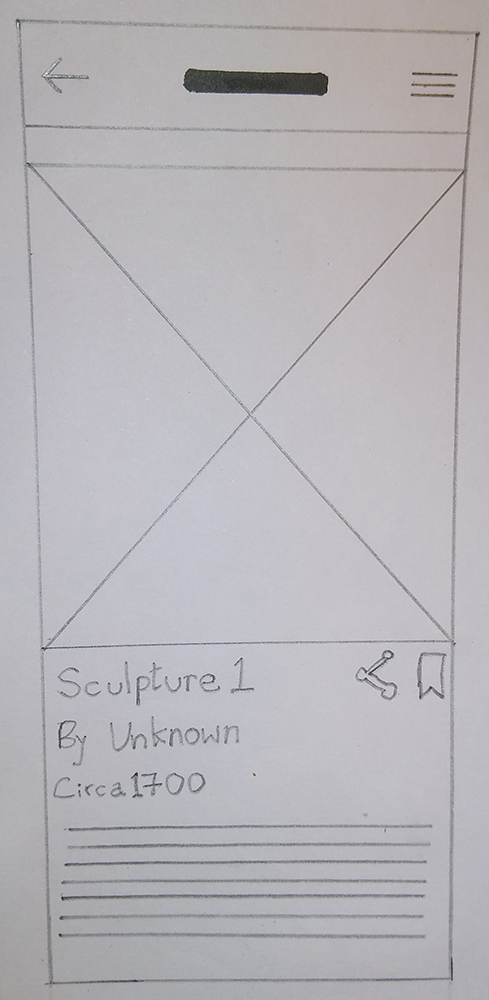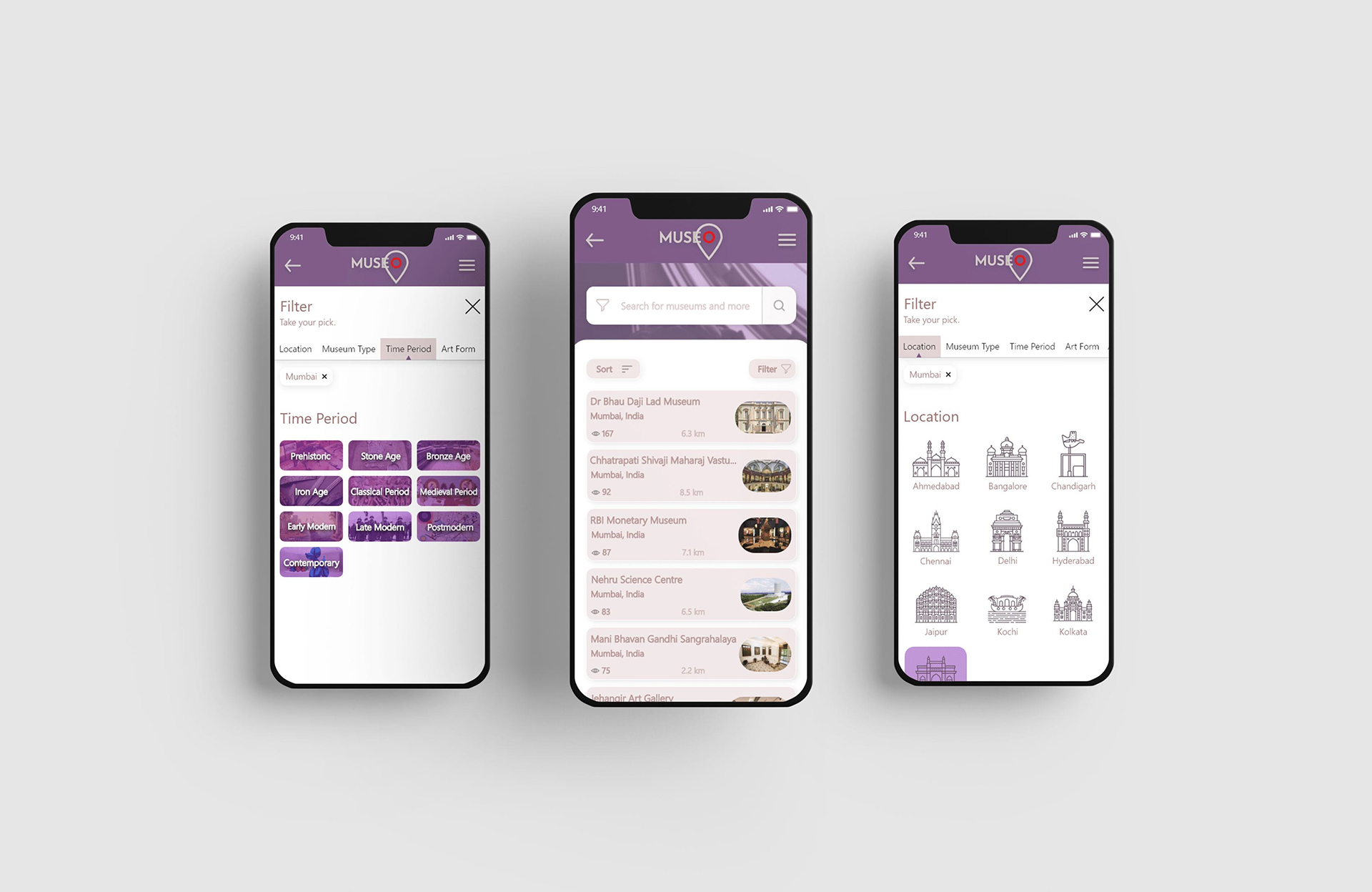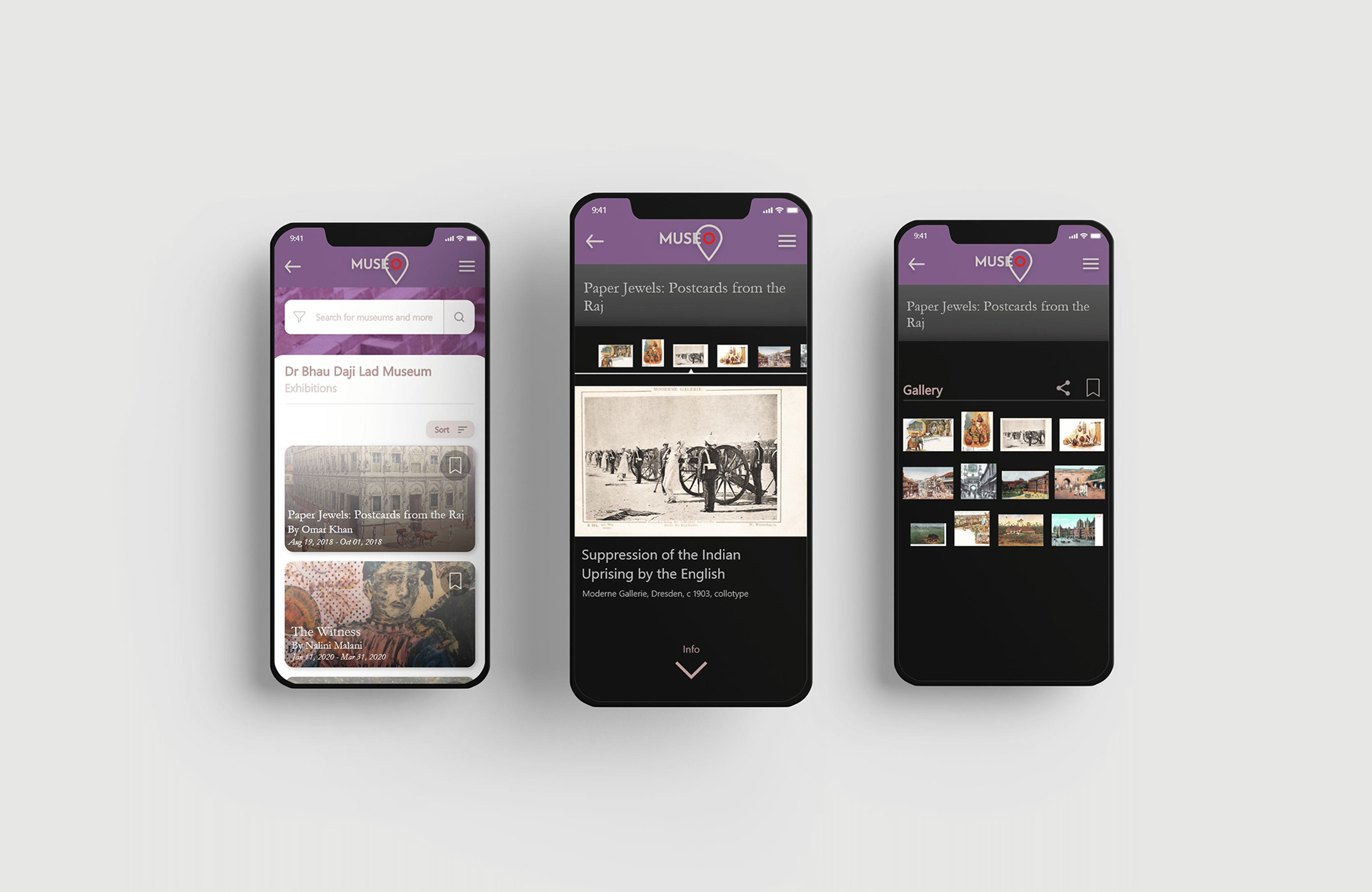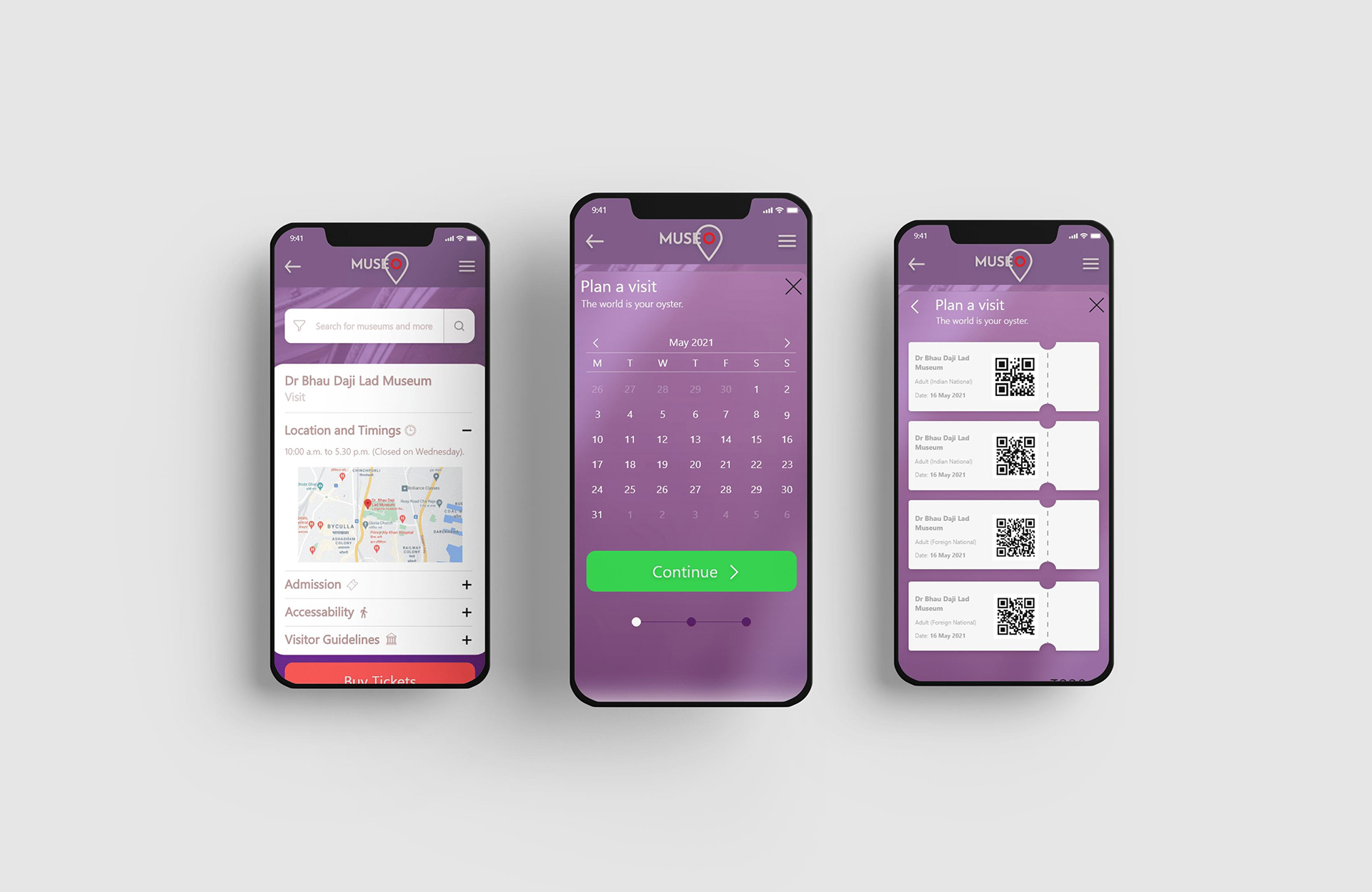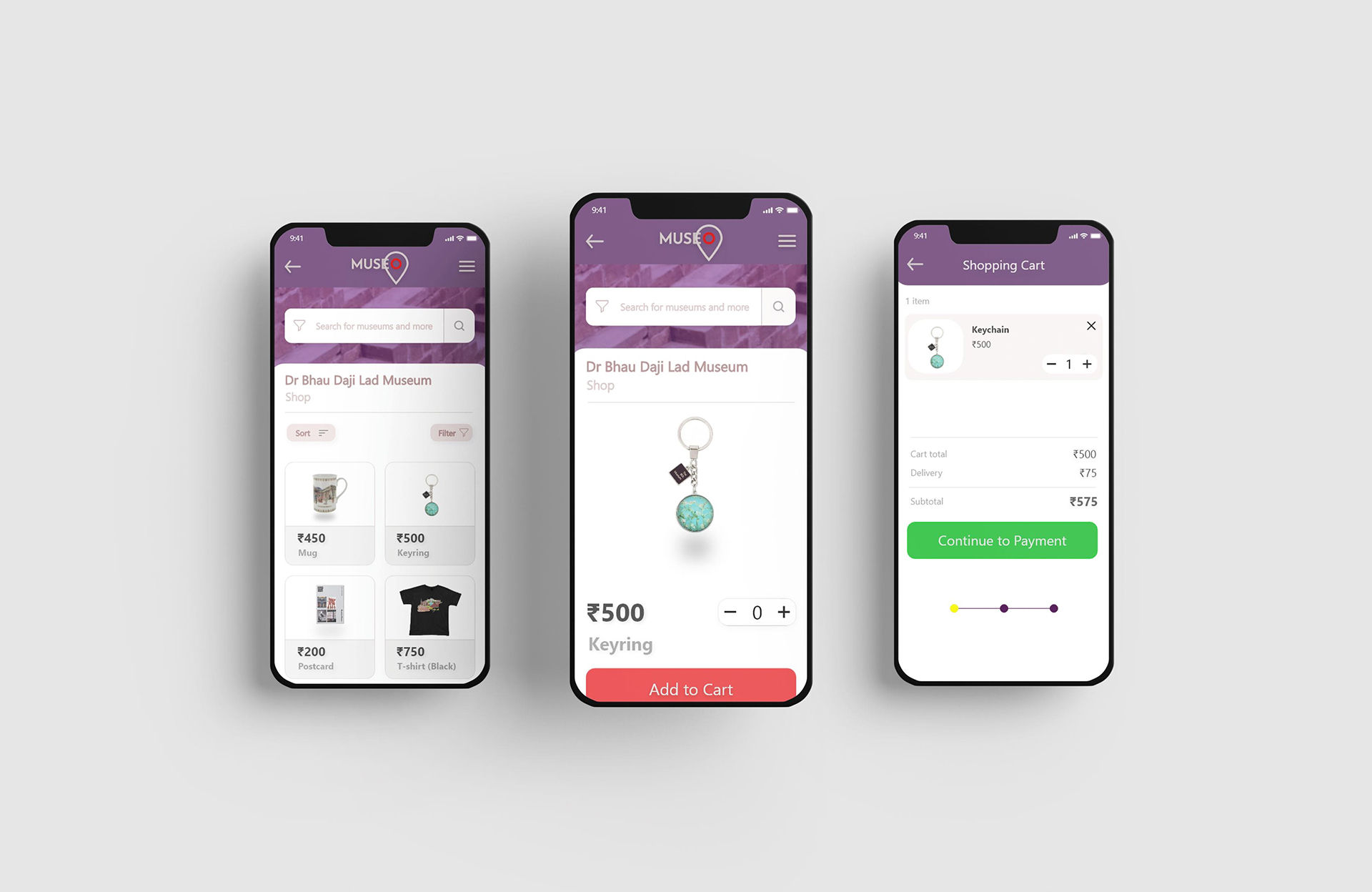During the pandemic, museums shut down, revenue plummeted, and government funding was cut. Even in 2022, they struggled to adapt digitally. As a history lover, I wondered if a digital museum experience could re-engage visitors and attract new audiences.
However, I had to find out if there was a need for a product like this in the first place. Based on survey results, a series of user interviews, and secondary research during the need finding stage, I concluded that there was a user need for this kind of a product. Moreover, such an app could benefit both the users as well as fledgling museums across India.
Process
01
DISCOVER& DEFINE
SurveyUser InterviewsUser Persona
02
IDEATE
Paper Wireframes
03
DESIGN
Prototype
Discover & Define
Survey
An online survey was conducted consisting of 10 questions filled by 91 anonymous respondents with varying demographic characteristics to gauge if there is a demand or a need for this app and if so, what is its target demographic.
Objectives
- Try to understand the target demographic for a museum app.
- Is there any interest for a product like this.
- What kinds of museums/galleries do people like the most?
- What are the reasons behind users not
visiting museums?
Findings
-
- 65% of respondents were between the ages of 18-34.
- 45% worked or studied for at least 41 hours a week.
- 82% had a minimum qualification of an undergraduate degree.
- 20% had never visited a museum in India.
- Art and history museums were most
visited. - The most chosen factor that prevented respondents from visiting museums was “Not enough free time” (46%), followed by “I don’t know what services they offer” (20%).
- 60% answered “Yes” when asked if they would use an app where you could search for museums near your location, book tickets online, access exhibitions, talks, and events, and purchase from museum gift shops.
User Interviews
Following this survey, I interviewed three individuals who fit the demographic that responded favourably in the survey to better understand : -
01
The users’ goals,
02
how individuals access history/art content,
03
what kind of content they seek out,
04
their pain points in doing so,
05
their workflow.
Findings
Users’ in art or history is not deep most of the time – it’s mild curiosity or intermittent phases of deep interest in art or history at best. The content sought after are a mix of resources – op eds, websites, Wikipedia, blogs, images on Instagram or google images, and Youtube. Users want quick, interesting, visually appealing content on the subject matter.
Pain points -
Cumbersome: Looking for various sources on a subject is a hassle. The user has to open multiple tabs on the subject in question to find relevant information. Would like one credible place with the necessary information along with supporting images/videos. Most online resources are boring and too academic.
Uninspiring: Users found museum websites and instagram pages to be sub-par, lacklustre, and uninteresting. Many did not know about other museum offerings such as talks, lectures, seminars or updates on new exhibitions or events.
Users agreed that – news updates, online exhibitions, events info, opening/closing timings would help them in fulfilling their tasks in searching for Indian art/history related content (all of which already exist on Indian museum websites – highlights how poorly they are presented and leveraged by museums).
User Persona
The more time you spend on distracting apps on your phone, the phone screen starts turning red as a soft signal for you to stop. If you override it (which you can, with a cost) then the app will prevent access to the app completely for 3 hours, as well as docking points and ending your streak. If you don’t override it, you will be allowed to access the websites for a period of time (set by you) until it starts to turn red again.
The reason I went with this idea is that unlike other ideas to tackle smartphone procrastination that I have come across, I believe this app will be subtle as well as assisting in developing better habits by using a visual cue (the red filter) to encourage positive behaviour patterns (putting down the phone and getting back to being productive). I want the app to run in the background and seamlessly function with a user’s smartphone interactions rather than serve as a jarring blunt force tool that jolts the user into correcting an action (rather like an industrial sounding iPhone alarm).
Ideate
Paper Wireframes
Based on the cumulative findings from the survey and the interviews, here are the key tasks users should be able to complete on the app:
- Find museums and galleries using search filters.
- Open a museum’s home page.
- Book a visit and buy tickets online.
- Open current exhibitions, open, and browse through the gallery.
- Listen to an audio lecture from the event list page for the selected museum.
- Browse online shop, add an item to the shopping cart and checkout.
Design
The wireframes were shown to 4 of the interviewees and their feedback on the design was taken. Some aspects of the user flow were modified after respondents voiced their pain areas – 1) The map (as seen in the wireframe images above) was removed because users said that they had little to no intention of visiting these museums – they just wanted to view their exhibitions through the app. In that case the map served no purpose and instead made the flow lengthy and confusing.

